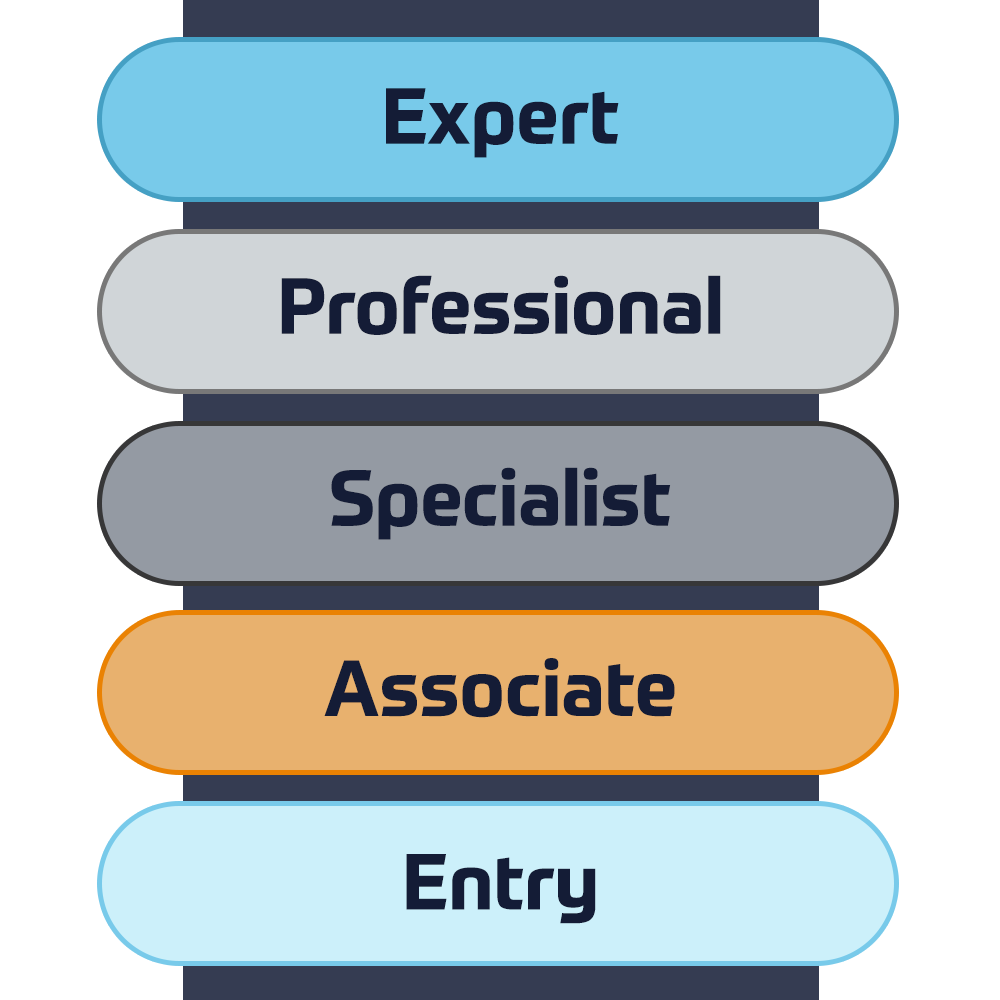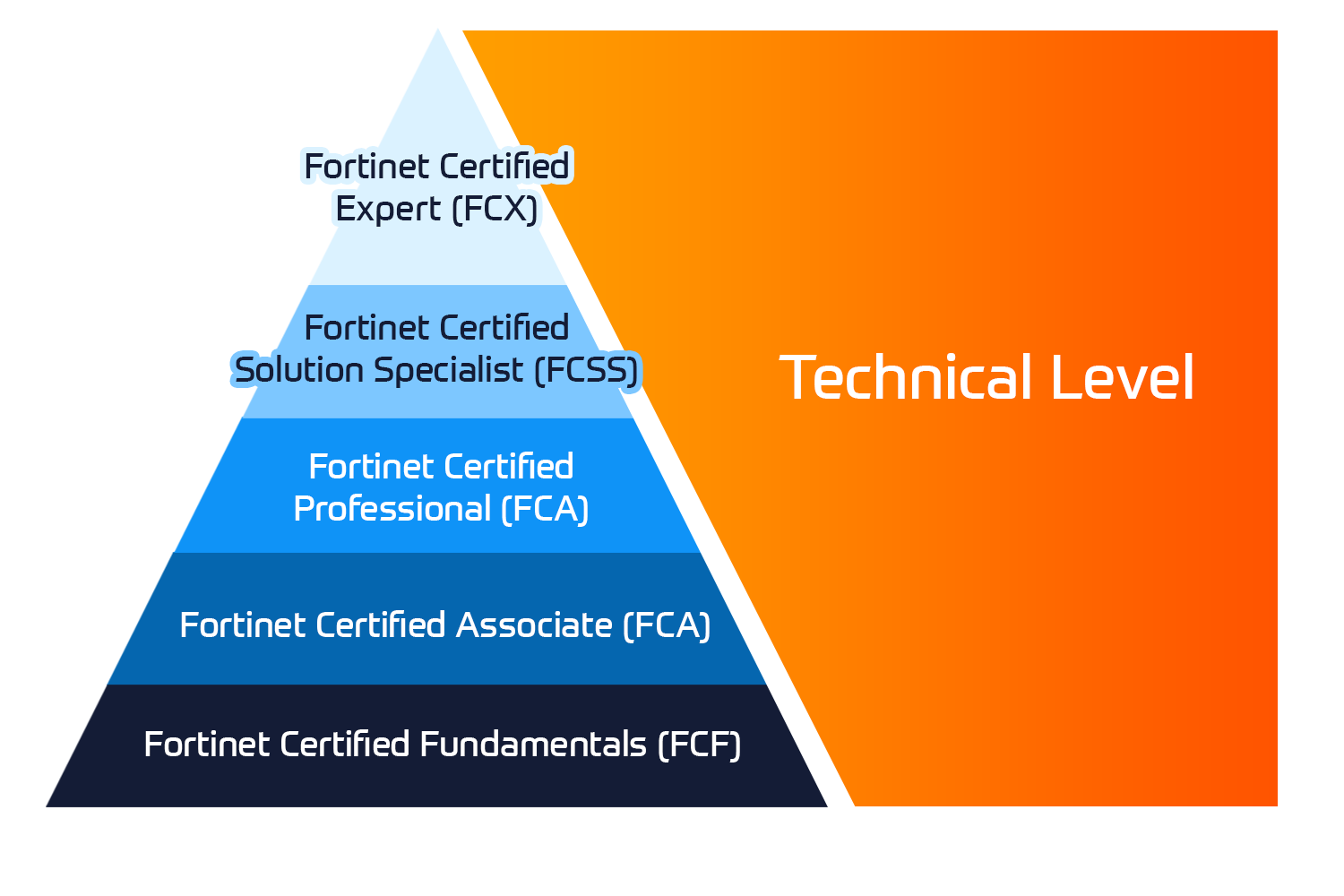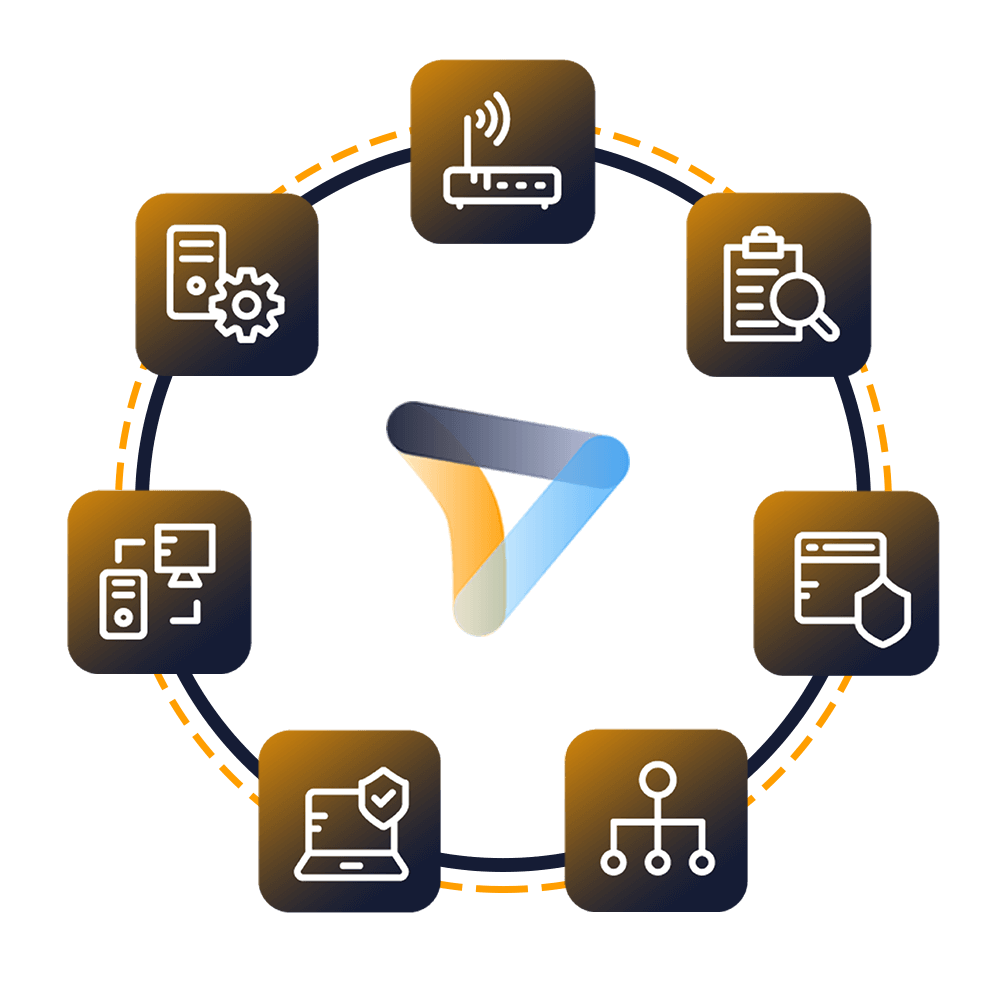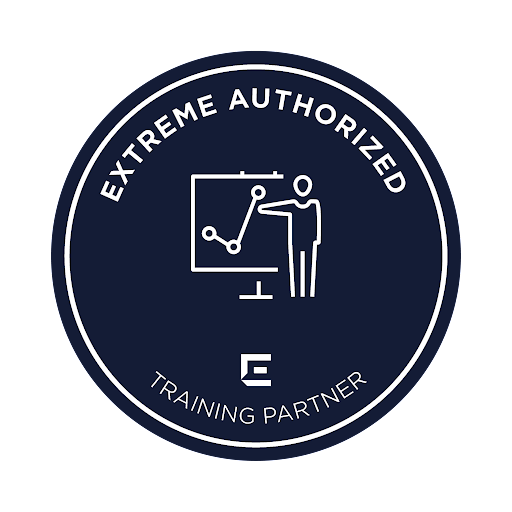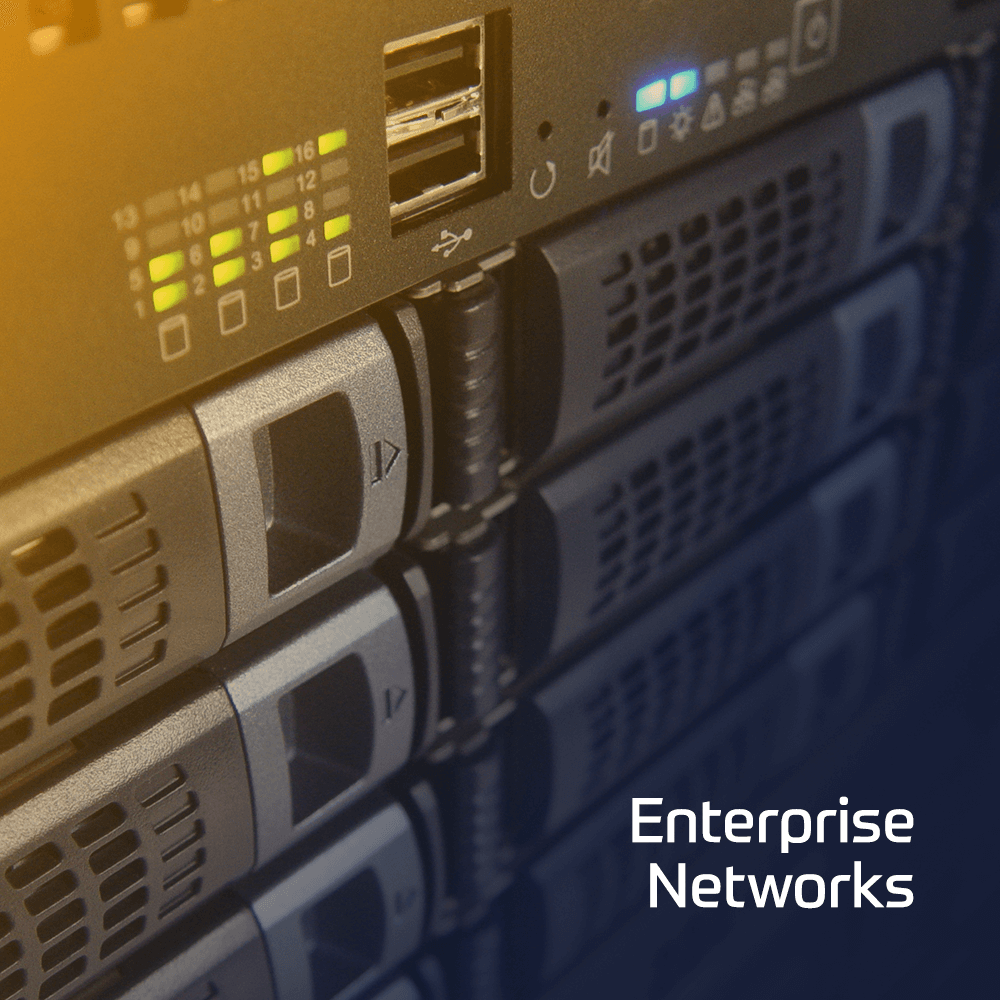In the Extreme Access Wireless (EAW) course, students will learn methods to properly configure and manage their Extreme Wireless WLAN environments using network management software (Extreme Management Center and the Wireless Assistant) applications. This knowledge will be reinforced through actual hands-on experience with wireless equipment in a lab environment, where students will perform real-world tasks configuring access points, security parameters, filtering and privacy settings, as well managing their wireless network.
Contact Us
We would love to hear from you. Please complete this form to pre-book or request further information about our delivery options.
 Duration
Duration 4 Days
 Delivery
Delivery (Online and onsite)
 Price
PricePrice Upon Request
Upon completion of the Extreme Access Wireless course, students will have gained the working knowledge to:
- Successfully configure and manage their Wireless implementation
- Take the Extreme Wireless Specialist certification exam
Introduction to ExtremeWireless Solution
- Components that comprise the ExtremeWireless solution
- Wireless standards that are supported by the ExtremeWireless solution
- Latest features released in the Extreme Wireless
Configuring the Wireless Controller
- Models and features of the Wireless Controller
- Features of the management interface: Wireless Assistant
- Layer 2 and Layer 3 topologies configuration of the controller
- Other controller setup requirements: NTP and IPv6
Wireless Controller Maintenance
- Troubleshooting utilities available on the controller
- Upgrade the controller software
- Backup the controller configuration
- Rescue mode to reset the controller
- Choose the correct license for your controller
- Log files and generating a tech support file
- Obtain controller status using reports
Access Point Configuration and Management
- Extreme Networks Access Point products
- Manage the APs using the wireless assistant
- AP registration process, AP discovery process, and options of the CTP tunnel
- Installation considerations for APs including physical placement, wired ports, LAGs and options for external antennas
Access Point Client Management and Maintenance
- Network access utilizing the Whitelist and Blacklist, distribute clients using load balancing and how the AP can disassociate clients
- AP maintenance features including SSH access, methods of the upgrade, obtaining traces, collecting logs and viewing inventory
ExtremeCloud™
- Benefits of ExtremeCloud
- APs that can be used in the ExtremeCloud
ExtremeManagement Integration with Wireless
- ExtremeManagement and the ExtremeWireless Controller
- Statistics collection for reporting and troubleshooting
- PortView and the Search Facility
Wireless Authentication
- Authentication for enterprise-owned devices and head-less devices
- Parameters that control how wireless devices are authenticated on the network
- RADIUS parameters using the Wireless Assistant
Virtual Network Service (VNS) Configuration
- VNS to service wireless clients
- VNS topologies
- VLAN ID and PVID values of a VNS
- How Policy Rules, Default Access Control, Class of Service and Rate Limits are used to control traffic on the network
Virtual Network Service Client Configuration
- Managing client traffic with policy rules, filter definitions and the various filtering actions
- WLAN Service authentication and privacy options for clients
- Turning on features to allow Mobile User (MU) to quickly roam: 802.11k and 802.11r (fast transition)
- Wireless Quality of Service (QoS) mode WMM (Wi-Fi Multimedia)
- Adjusting the client QoS packet fairness and airtime fairness with Flexible Client Access (FCA)
HotSpot
- Hotspot 2.0
- Enabling and configuring Hotspot 2.0 on the Controller
Application Visibility
- ExtremeManagement and the ExtremeWireless Controller
- Statistics collection for reporting and troubleshooting
- PortView and the Search Facility
Radar
- How ExtremeWireless Radar operates as a WIDS/WIPS Sensor
- AP interference and Spectrum Analysis capabilities
- Distinguishing between the 2 types of Scanning Capabilities
Remote Site Access Points
- Protecting data between the AP and Controller when configuring Remote Sites
- Using Local Services for Remote Sites
- Differences between Sites and Zones
Captive Portal
- Configuring Captive Portal using the default Role
- Different types of controller-based Captive Portals
- Captive Portal redirect at the AP
- Variations of using external Captive Portal
- RADIUS Attributes and their impact on authenticated Wireless LAN (WLAN) clients
Guest Portal
- Configuring GuestPortal using the Controller
- Components of GuestPortal and Guest Splash
Mobility
- Components that make up the Mobility Domain Components
- Configuring the Controllers for Mobility
- Centralized Mobility
Availability
- Different Availability Scenarios
- Poll and Detect Link Failure timers
- Limitations of the Availability Feature
Extreme Management Center Maps
- Importing a map
- Editing a map
- Location-Based Services
Mesh Networks
- Configuration of a Mesh Network
- Purpose and key features of the Mesh Networks
- Differences between Dynamic Mesh and Static Mesh
This course is designed for individuals responsible for the configuration, management, maintenance, and support of the Extreme Wireless networks.
Before attending the Extreme Access Wireless course, students should possess an understanding of network fundamentals, traffic classifications, and general network management concepts, as well as network security concepts and technologies.
Upon completion of the Extreme Access Wireless course, students will have gained the working knowledge to:
- Successfully configure and manage their Wireless implementation
- Take the Extreme Wireless Specialist certification exam
Introduction to ExtremeWireless Solution
- Components that comprise the ExtremeWireless solution
- Wireless standards that are supported by the ExtremeWireless solution
- Latest features released in the Extreme Wireless
Configuring the Wireless Controller
- Models and features of the Wireless Controller
- Features of the management interface: Wireless Assistant
- Layer 2 and Layer 3 topologies configuration of the controller
- Other controller setup requirements: NTP and IPv6
Wireless Controller Maintenance
- Troubleshooting utilities available on the controller
- Upgrade the controller software
- Backup the controller configuration
- Rescue mode to reset the controller
- Choose the correct license for your controller
- Log files and generating a tech support file
- Obtain controller status using reports
Access Point Configuration and Management
- Extreme Networks Access Point products
- Manage the APs using the wireless assistant
- AP registration process, AP discovery process, and options of the CTP tunnel
- Installation considerations for APs including physical placement, wired ports, LAGs and options for external antennas
Access Point Client Management and Maintenance
- Network access utilizing the Whitelist and Blacklist, distribute clients using load balancing and how the AP can disassociate clients
- AP maintenance features including SSH access, methods of the upgrade, obtaining traces, collecting logs and viewing inventory
ExtremeCloud™
- Benefits of ExtremeCloud
- APs that can be used in the ExtremeCloud
ExtremeManagement Integration with Wireless
- ExtremeManagement and the ExtremeWireless Controller
- Statistics collection for reporting and troubleshooting
- PortView and the Search Facility
Wireless Authentication
- Authentication for enterprise-owned devices and head-less devices
- Parameters that control how wireless devices are authenticated on the network
- RADIUS parameters using the Wireless Assistant
Virtual Network Service (VNS) Configuration
- VNS to service wireless clients
- VNS topologies
- VLAN ID and PVID values of a VNS
- How Policy Rules, Default Access Control, Class of Service and Rate Limits are used to control traffic on the network
Virtual Network Service Client Configuration
- Managing client traffic with policy rules, filter definitions and the various filtering actions
- WLAN Service authentication and privacy options for clients
- Turning on features to allow Mobile User (MU) to quickly roam: 802.11k and 802.11r (fast transition)
- Wireless Quality of Service (QoS) mode WMM (Wi-Fi Multimedia)
- Adjusting the client QoS packet fairness and airtime fairness with Flexible Client Access (FCA)
HotSpot
- Hotspot 2.0
- Enabling and configuring Hotspot 2.0 on the Controller
Application Visibility
- ExtremeManagement and the ExtremeWireless Controller
- Statistics collection for reporting and troubleshooting
- PortView and the Search Facility
Radar
- How ExtremeWireless Radar operates as a WIDS/WIPS Sensor
- AP interference and Spectrum Analysis capabilities
- Distinguishing between the 2 types of Scanning Capabilities
Remote Site Access Points
- Protecting data between the AP and Controller when configuring Remote Sites
- Using Local Services for Remote Sites
- Differences between Sites and Zones
Captive Portal
- Configuring Captive Portal using the default Role
- Different types of controller-based Captive Portals
- Captive Portal redirect at the AP
- Variations of using external Captive Portal
- RADIUS Attributes and their impact on authenticated Wireless LAN (WLAN) clients
Guest Portal
- Configuring GuestPortal using the Controller
- Components of GuestPortal and Guest Splash
Mobility
- Components that make up the Mobility Domain Components
- Configuring the Controllers for Mobility
- Centralized Mobility
Availability
- Different Availability Scenarios
- Poll and Detect Link Failure timers
- Limitations of the Availability Feature
Extreme Management Center Maps
- Importing a map
- Editing a map
- Location-Based Services
Mesh Networks
- Configuration of a Mesh Network
- Purpose and key features of the Mesh Networks
- Differences between Dynamic Mesh and Static Mesh
This course is designed for individuals responsible for the configuration, management, maintenance, and support of the Extreme Wireless networks.
Before attending the Extreme Access Wireless course, students should possess an understanding of network fundamentals, traffic classifications, and general network management concepts, as well as network security concepts and technologies.

 Finland
Finland Germany
Germany Denmark
Denmark Sweden
Sweden Italy
Italy Netherlands
Netherlands Norway
Norway 

